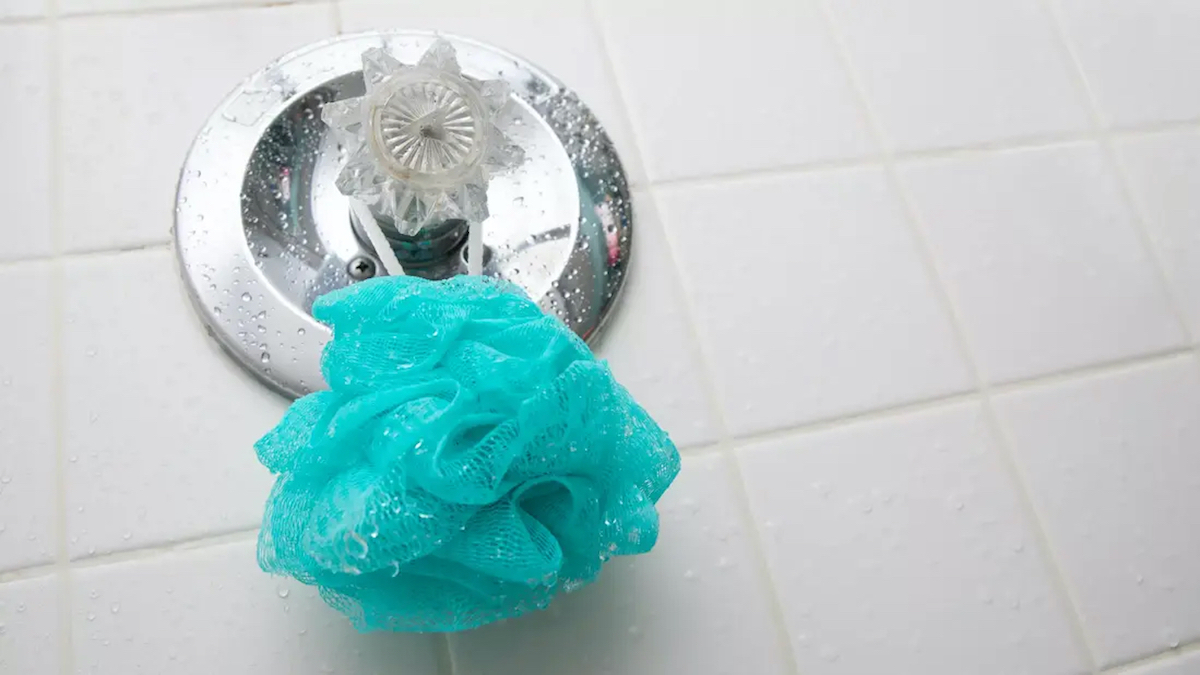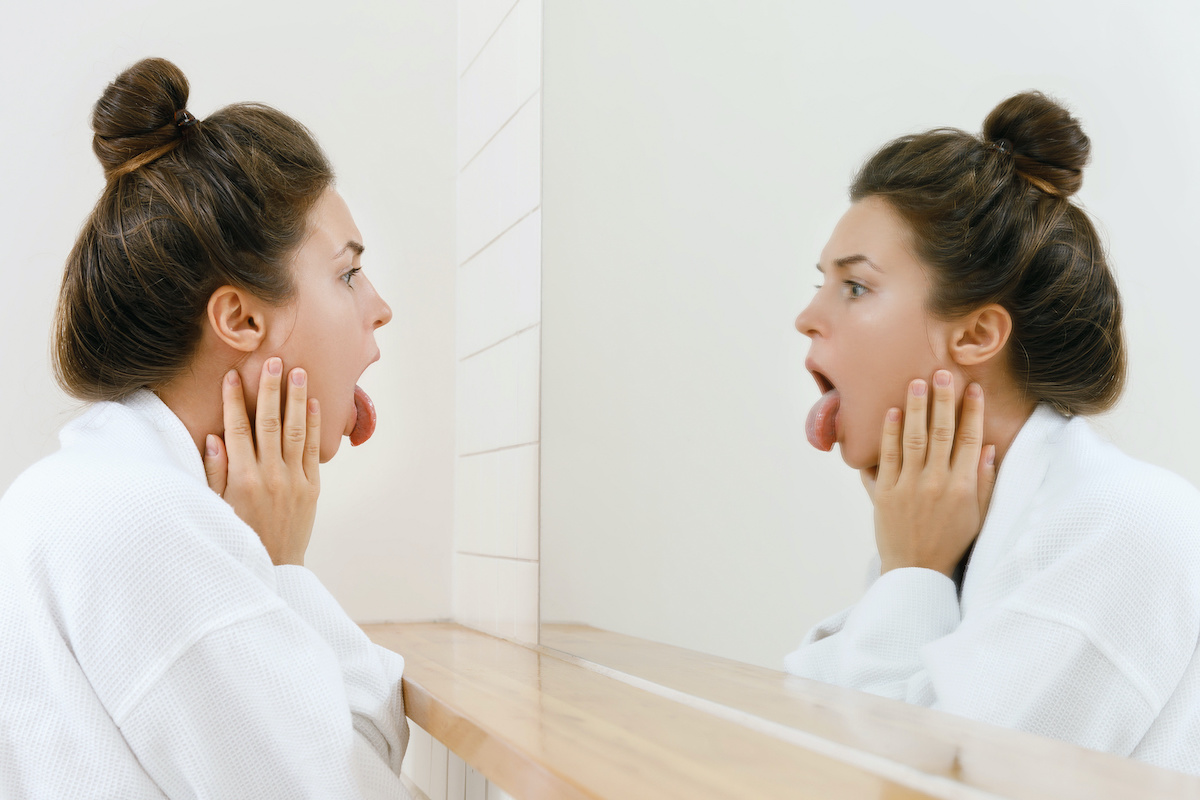By Sammy Fretwell
TheState.com
State warnings to limit consumption of certain fish were expanded Monday, May 16, to include cobia, a popular saltwater game species that some consider one of the tastiest fish caught in South Carolina.
The S.C. Department of Health and Environmental Control advises people not to eat more than one meal per month of cobia because of mercury contamination.
DHEC’s cobia warning brings to five the number of saltwater species that carry agency health advisories because of mercury pollution. Shark, swordfish, larger king mackerel and tilefish also carry consumption advisories.
Cobia are found in the eastern United States, from the Florida Keys to New England, and in the Gulf of Mexico, according to the National Marine Fisheries Service. They can reach 6 feet long and weigh as much as 100 pounds. Cobia are popular both because of their size and taste, according to the S.C. Department of Natural Resources.
State officials added cobia to the list of species with warnings after collecting samples from fishing tournaments the past few years, DHEC spokesman Adam Myrick said.
Mercury pollution is a widespread problem in fish in many states, including the South. Much of the mercury found in fish builds up in their tissue over lifetimes of exposure to the toxic metal. That means the biggest fish are the ones most likely to contain high mercury levels. Scientists say a major cause of mercury in fish is industrial air pollution that rains back to Earth and slowly contaminates fish.
Most freshwater rivers from Columbia to the coast carry mercury warnings to limit consumption of certain fish, including largemouth bass and bowfin.
The department’s annual advisory also reminded people to limit consumption of largemouth bass in the Catawba River basin between Columbia and Charlotte. PCBs are polluting those fish. The agency first issued PCB warnings in the Catawba basin last year and expanded those warnings this past winter. State officials are still investigating the source of the industrial poison.






